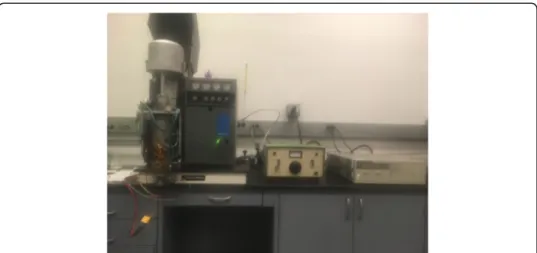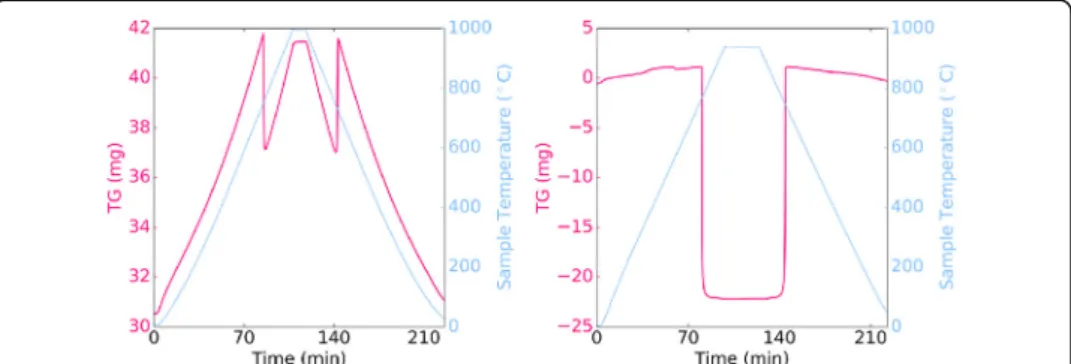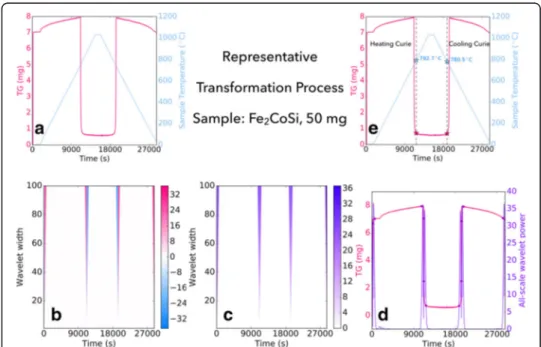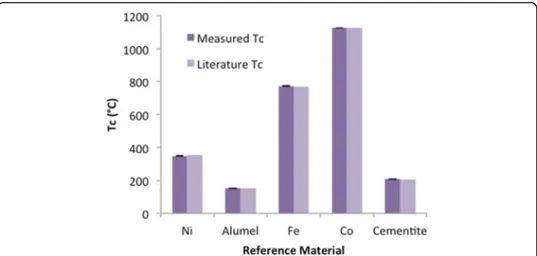Curie temperature determination via thermogravimetric and continuous wavelet transformation analysis
Full text
Figure
![Fig. 1 Modified schematic of Setsys DSC-TGA: 1 Electromagnetic Coil, 2 Platinum Pan, 3 Control Thermocouple, 4 Microbalance, 5 Heater, 6 Water Cooling, and 7 Heat Shield [15] (used with permission)](https://thumb-us.123doks.com/thumbv2/123dok_us/7914491.2105996/4.892.178.717.484.1065/modified-schematic-electromagnetic-platinum-control-thermocouple-microbalance-permission.webp)



Related documents
Berdasarkan hasil rerata WWL kuesioner NASA-TLX, dapat dilihat bahwa rerata beban kerja mahasiswa kelas reguler pagi saat melakukan pembelajaran daring ada pada nilai
The results indicate significant differences in species richness, assemblage structure based on abundance and biomass, as well as in the composition of dung beetles between remnant
Sudharsan College of Arts & Science, Pudukkottai-622 104, Tamil Nadu,
This is because, unlike the proposed BASGCN model, the associated spatial graph convolution operation of the ASGCN model is defined through the undirected grid vertex adjacency
These findings are compatible either with the possibility that the adenyl cyclase receptor of the tumor has undergone structural alteration with a consequent loss of specificity
entrepreneurship (5 ECTS); Product Design and Development; Growth Entrepreneurship (5 ECTS); Technology Commercialization (4 ECTS); Software Business (4 ECTS); Demola Project Work
Using CHiCAGO 17 , we identified significant chromatin interactions with score ≥ 5 at 195,322 unique interacting loci across all four cell types, with 73,890, 108,156, 66,978,

![Fig. 6 Curie temperatures of select Heusler alloys measured using the modified DSC as compared with literature values [23 –28], error bars are 2 standard deviations representing a 95.45% confidence interval](https://thumb-us.123doks.com/thumbv2/123dok_us/7914491.2105996/9.892.183.717.836.1058/temperatures-compared-literature-standard-deviations-representing-confidence-interval.webp)